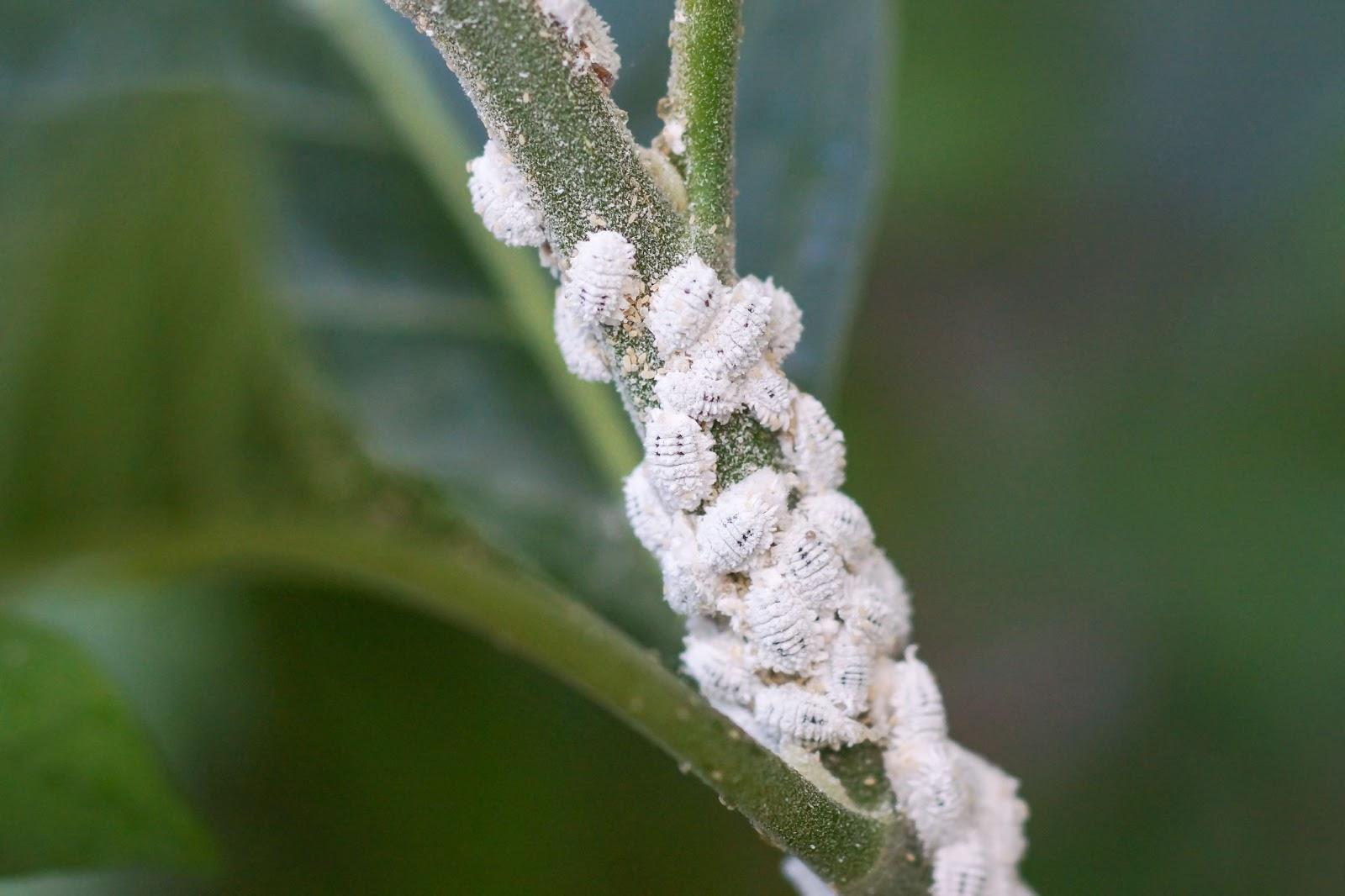- Wine Color/Type
- Top Occasions
- Unique Wines
- Surprise Me!
The Annual Challenges of the Grape Grower
The job of a grape grower is to work in harmony with nature. However, it is not natural to produce the high-quality grapes the grower is looking for, thus requiring human intervention, to balance vineyard pests and diseases .
To allow the vines to reproduce, they grow the grapes, whose seeds are distributed by the animals feeding on them. Additionally, the vines would also be partially affected by fungal diseases, bacteria, viruses, insects, and other troubles that the winemaker faces.
In the pursuit of perfect grapes, the grower faces many challenges. (Photo: Generated with Adobe Firefly)
When we look back a few decades, growers would often spray copper-based applications carelessly to reduce the fungal disease downy mildew. However, copper is a heavy metal that reduces microbiological activity in the soil and hinders vegetal growth.
Today, the approach to producing high-quality grapes has changed. Winegrowers are frequently embracing new strategies, such as Integrated Pest Management (IPM), which involves working with beneficial insects to control vineyard pests naturally.
While glyphosate is still used, it is to a lesser extent. Nowadays, growers prefer to work with cover crops, the plants between the rows, to retain moisture in the soil. Some cover crops, such as the legume white clover, reduce the potential for weed growth and add valuable inputs to the soil.
Fungal Infections
The main fungal diseases in vineyards are mildews, with the two most important being downy mildew and powdery mildew. Both were introduced and spread through globalization in past centuries. They both target the green tissues of the vine, resulting in lower quality grapes.
Downy mildew is more active in cold, wet weather and spreads through rain splashes. Grape clusters affected by downy mildew dry out and develop a "leathery" consistency, rendering them unfit for winemaking. In contrast, powdery mildew prefers warm, dry temperatures and spreads its spores through the wind. Infected vine material displays white powdery patches, making the grapes undesirable.
Both can be controlled by an open canopy, allowing a full sun exposure from the early spring until harvest. The airy canopy allows a wind flow, which reduces the chance of the infections.
Fortunately, both mildews can be controlled through spraying applications, although they are still considered among the most economically damaging fungal diseases. Some thick-skinned grape varieties offer a higher natural resistancy and are named "Piwis". These grape varieties derive from hybrid varieties of North America. Currently, UC Davis in California and other important research facilities are looking into these natural resistances.
Another dangerous trunk disease is Esca, which spreads through large cuttings during vine pruning. The fungus obstructs the flow of water and nutrients, causing parts of the plant to die off. The spread of Esca can be prevented if winemakers avoid pruning during wet weather and disinfect the pruning tools between vines.
Some Sherry producers have transitioned from the vara y pulgar system to smaller vines with lower pruning weights to decrease the risk of Esca. Unfortunately, there is currently no cure for Esca, and winemakers must replant the entire vineyard, leading to significant financial damage.
Mildews can seriously impact the total yields. Like here, in the United States. (Photo: Stockphototrends/stock.adobe.com)
Unhealthy Bacterias
Yet, fungal diseases are not the growers' only issue. Similar to humans, bacteria can be harmful to the health system. Most importantly, there are Grapevine Yellows and Pierce’s Disease.
Despite being caused by different bacteria, they are quite similar.
Grapevine Yellows is spread by microscopic eelworms known as dagger nematodes. In contrast, Pierce’s Disease is spread by sharpshooters, which are related to leafhoppers. Both insects feed on the grape, extracting sap and inserting their bacteria.
It looks beautiful in autumn, but chlorosis and browning of the leaves can be a serious issue. (Photo: Jana/stock.adobe.com)
The signature of Grapevine Yellows is, as the name states, the yellowing of the leaves. It reduces photosynthesis and the ripening of the grapes and can result in low-quality grapes, as the nutrient flow from the roots to shoots is blocked. In contrast, the bacteria spread by the sharpshooters block the water flow, which can lead to wilting vines, followed by their death. Controlling both insects is challenging, as the vineyard requires sanitation and grubbing with a few fallow seasons.
It Goes Viral…
…but not in the way the winemaker wants it to. Viral infections further contribute to the grower's headaches. Most notably, Grapevine Fanleaf Virus (GFLV) and leafroll are considered the most damaging viral infections in viticulture.
The Fanleaf Virus is thought to be the most economically disastrous virus of them all. It causes distortion and yellowing, with chlorotic patterns appearing in the grape vine leaves. Infected vines produce up to 80% less fruit of lower quality.
The chance of catching the virus, or the fungal infection black rot, can be reduced by planting certified grape material, as it is also spread by the feared dagger nematode. However, some resistant rootstocks can tolerate them.
Troubles Come Seldom Alone
When things go awry, more trouble often follows before it gets better. Vineyard managers also grapple with balancing the presence of naturally occurring insects, which can either be pests or beneficial to them. Among the most common issues are Vinegar Flies (Drosophila), Light Brown Apple Moths, mealybugs, mites, moths, and leafhoppers.
A true infestation of mealybugs. (Photo: weerapat1003/stock.adobe.com)
Vinegar Flies, also known as Spotted Wing Drosophila (SWD), and Light Brown Apple Moths (LBAM) target ripe and healthy wine grapes. During this process, they puncture the grapes to lay their eggs. These punctured grapes become susceptible to outside influences, promoting the growth of acetic acid bacteria and the production of vinegary notes.
When smelling the harvested grapes, a pungent stench is noticeable. However, SWD infestations can be controlled with sprays.
In Bordeaux, particularly in the Sauternes region, a new threat has emerged: the Japanese Suzukii fly, which mainly targets botrytis-infected grapes intended for sweet wine production. The spraying interval and harvest time do not align, leaving winemakers praying not to be caught during the growing season by this new foe.
In contrast, moths have been a widespread issue for many grape growers worldwide, prompting the development of a strategy. Collectively, grape growers have implemented the use of pheromone traps. These traps confuse the moths sexually, causing them to spend their time flying about the vineyards instead of reproducing.
In regions where moths pose a significant problem, such as in Rioja, winegrowers are celebrating their success in achieving lower moth populations without resorting to chemical sprays on their grapes. Additionally, some organic winegrowers have introduced the predator wasp Trichogramma carverae to hunt down moths, further reducing their population.
If matters don’t worsen, there are still more insects to worry about. The mealybug, despite its seemingly innocuous name, is hardy and destructive. It secretes a substance called honeydew, which can lead to the growth of black sooty mold, tainting the wine with a light, noticeable odor that winemakers prefer to avoid. Moreover, honeydew reduces photosynthesis, impacting grape quality.
To exacerbate matters, the mealybug is also a vector for the leafroll virus. Fortunately, the honeydew attracts ants, which are natural enemies of mealybugs, but controlling them remains a challenging task.
Finally, there are mites. These microscopic spiders are typically controlled through the application of sulfur-based sprays to manage powdery mildew. They feed on the leaves, reducing photosynthesis. A leading winery in Georgia reported that mites have adapted to sulfur-based sprays and are becoming more difficult to combat.
Soft sprays, such as BT-Spray, which can also be applied to flowers in gardening, impact the mites' gut, killing them in the process. This selective spray is bee-safe, allowing for precise application. In the Integrated Pest Management (IPM) process, predator mites, such as the Victorian Predator Mite, can be introduced to prey on the vegetarians. However, the introduction does not guarantee immediate results.
Grape growing is not easy. Winemakers have to battle fungal diseases and viral infections while managing pesky insects, keeping them up at night. Despite the obstacles, the passion for producing exceptional wine drives them forward.
Peter Douglas
Latest articles




